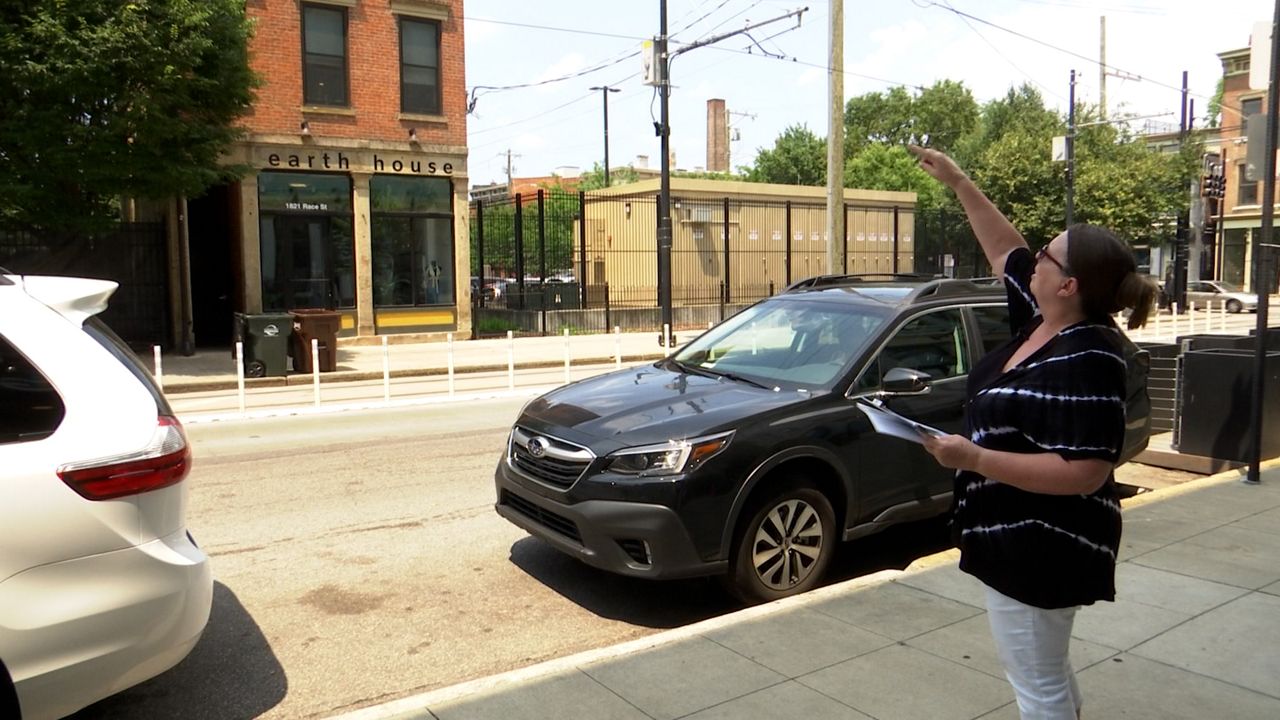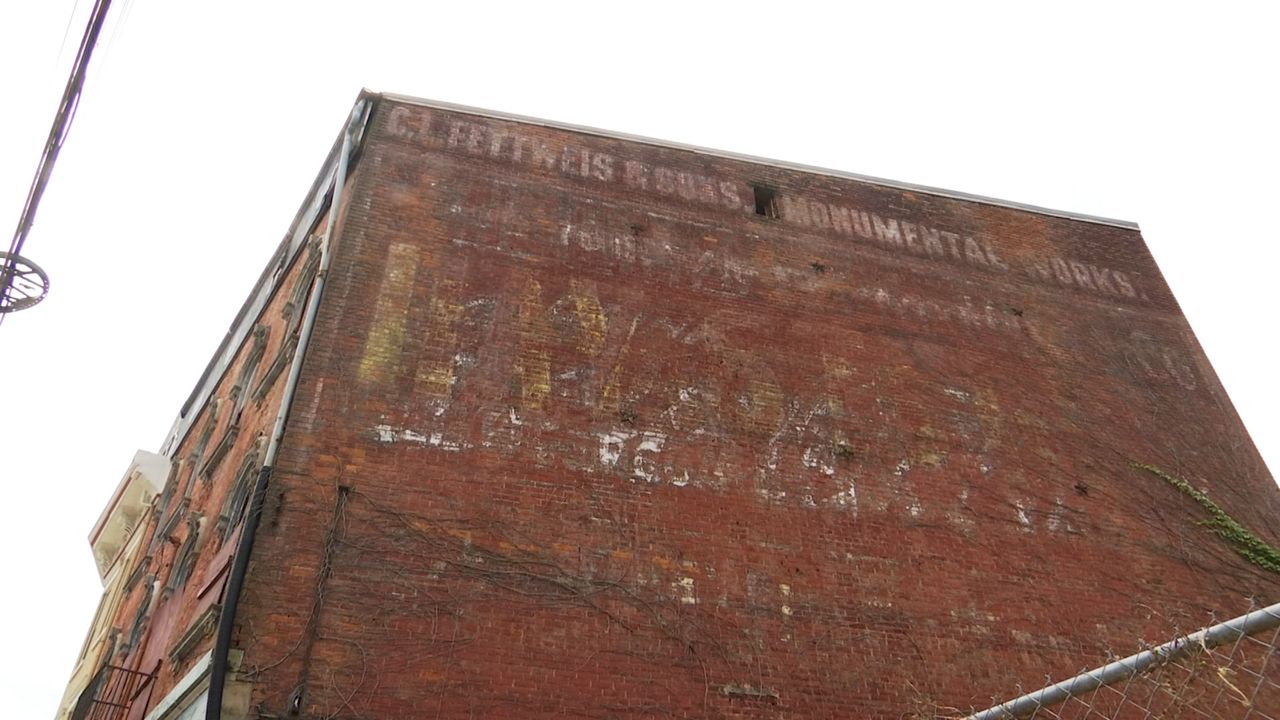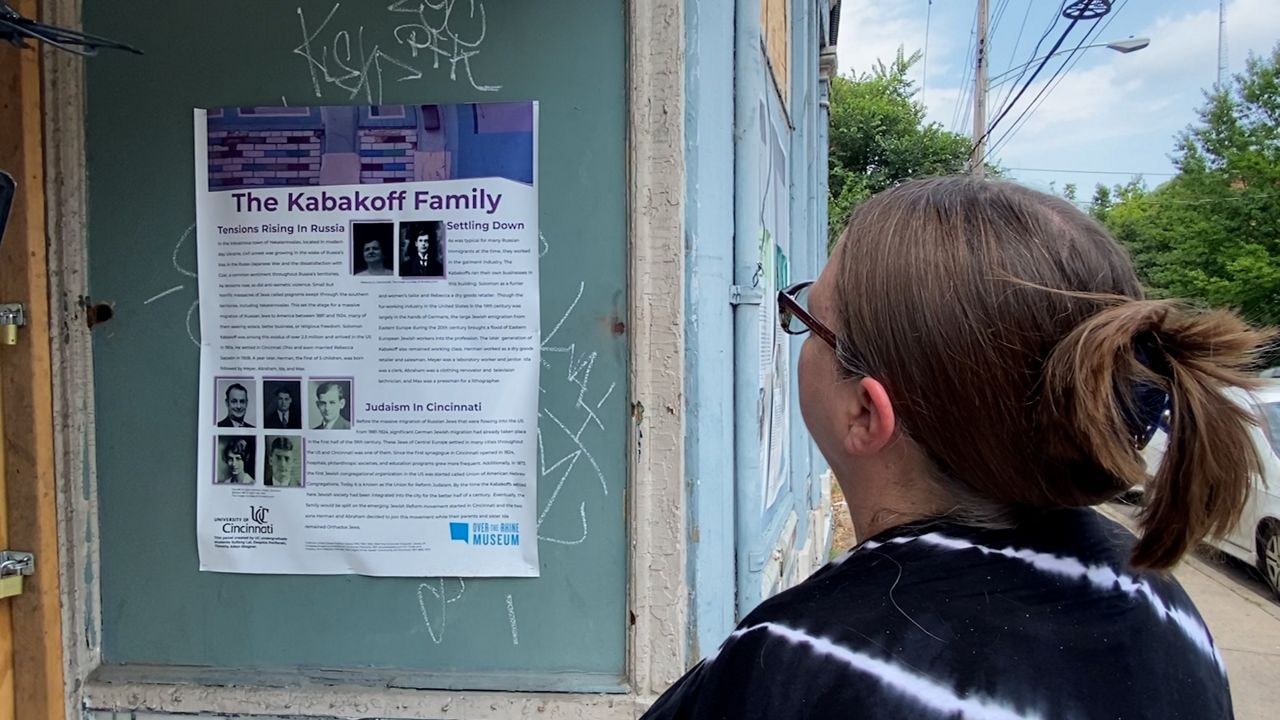CINCINNATI — As one of the largest intact Urban Historic Districts in the country, the colorful, bustling streets of Over-the-Rhine attract thousands of visitors every day to admire the architecture, learn more about its brewing history, or simply wander through its growing business district.
Public and private investors have spent millions to restore and revitalize the district, keeping the history behind those buildings alive. Meanwhile, the Over-the-Rhine Museum has set out to preserve the stories inside of them. Now with a building of its own, they hope to shine a spotlight on the everyday people who called this neighborhood home.
What You Need To Know
- Over-the-Rhine Museum plans to open a physical location at 3 E. McMicken Ave.
- The building is a former breezeway tenement and the owners plan to model its exhibits after tenements
- A National Endowment for the Humanities Grant is helping the museum open its first exhibition
- The storefront should have the exhibition on display by the end of the year

For years, the Over-the-Rhine Museum shared everyday stories through walking tours, highlighting portions of the neighborhood’s historic districts. Focusing on immigrants, laborers, women and the tenement life many of them lived, Donna Harris, the museum’s director, said the tours aim to highlight parts of Over-the-Rhine’s history that can often go overlooked.
“We hope that we can maybe bring forth some of the marginalized voices that don’t usually get talked about here,” she said.
As a culmination of that mission, the museum purchased a building in 2020, in the hopes of converting it into its physical museum to give visitors a glimpse of what life inside the tenements was like.
“At the very top, you can just make out, ‘CL Fettweis and Son’s Monumental Works’ and this was the original owner of the building, the Fettweis family,” Harris said pointing to the side of the building.

Through the restoration and research process, Harris said the museum’s discovered a lot of information about the families who lived in the building at 3 E. McMicken Ave. and businesses they operated from the bottom floor.
“We know in Over-the-Rhine that there have been multiple waves of immigrants and migrants coming here,” she said.
The Fettweis family, the building’s first residents, were German immigrants who moved in during the mid-19th century, then Harris said the Kabakoff family, Russian Jews, moved in and set up their dry goods store in the 1920s.
“The pogroms were running and they chose to escape Russia when they could,” Harris said. “They were seeking religious freedom, they were seeking a better life for their family, like all immigrants.”
Those stories and more are displayed on posters hanging outside the building, but eventually, Harris said the inside will become models of each of these families’ homes.

Much like the Tenement Museum in New York, Harris said the Over-the-Rhine Museum wants to create a series of rooms dedicated to each of the families, showing what life was like in the neighborhood at each point in time and allowing visitors to see the neighborhood through their eyes.
“If you can see, that a family that’s completely different from you complete religion, ethnicity, race, whatever, and you can see that their grandparents had basically the same life that your grandparents had, we’re hoping that builds empathy,” Harris said.
The interior and exterior renovations still have months of work left, but thanks to a $75,000 grant from the National Endowment for the Humanities, the Over-the-Rhine Museum plans to open its first exhibitions in the storefront by the end of the year.
“Something like you’d see on our posters here, an exhibition about a variety of different families that lived in the building,” she said.
As the museum works to bring its vision to life, Harris hopes it serves as a reminder of what Over-the-Rhine has always been, a diverse, ever-changing community, at the heart of Cincinnati.
“We need to understand our history if we’re going to do better in the future,” she said.



